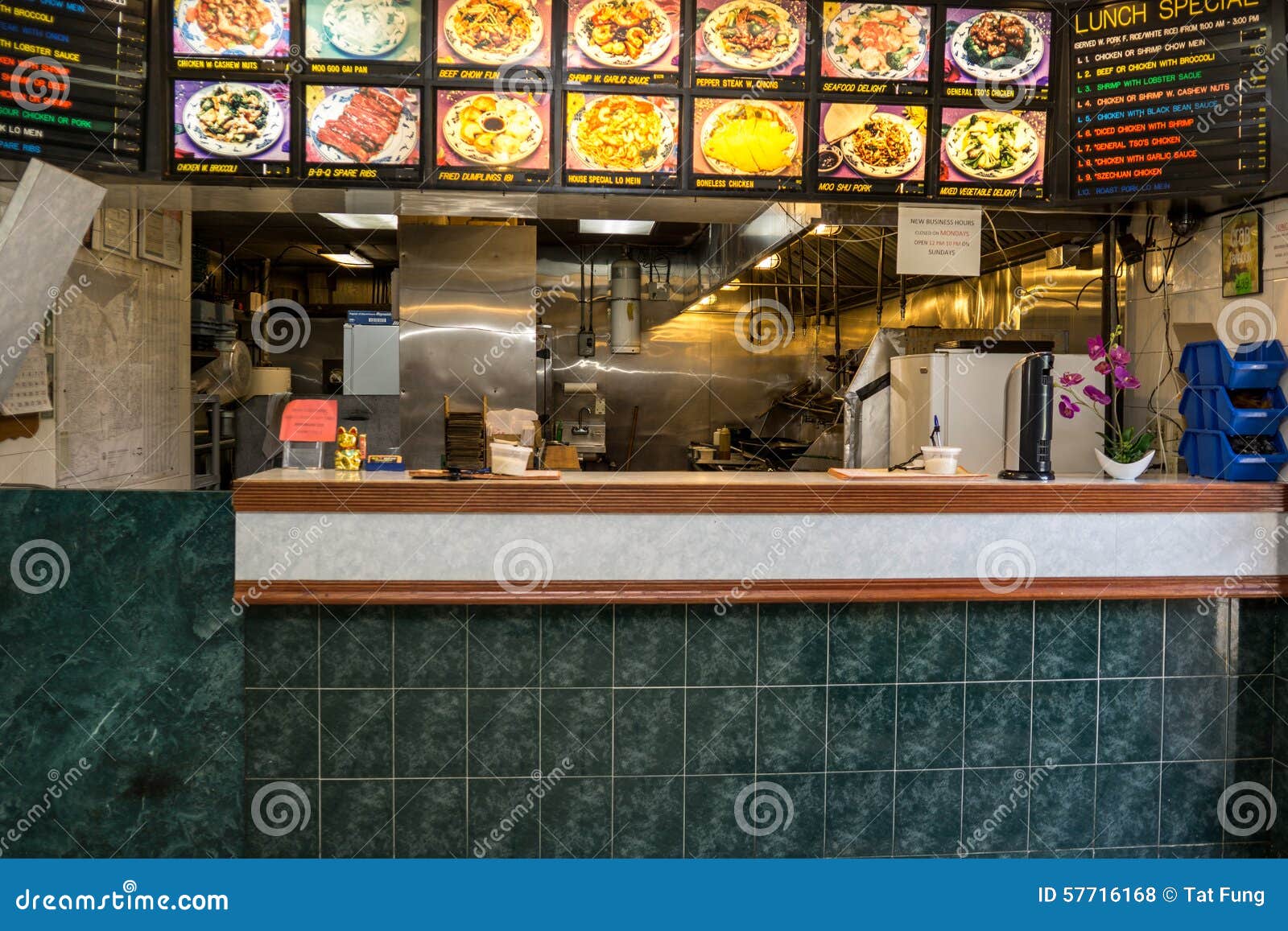

Identifying the exact type of PFAS in a product is complex: There are more than 9,000 known PFAS, yet common testing methods can identify only a couple dozen. “So the good news is there are steps that companies can take now to reduce their use of these dangerous chemicals.”

“We know from our testing that it is feasible for retailers to use packaging with very low PFAS levels,” says Brian Ronholm, director of food policy at CR. We even found the chemicals in packaging from places that claimed to already be moving away from PFAS, though those levels were often lower than at other retailers. Chains that promote healthier fare, such as Cava and Trader Joe’s, also had some packaging that contained PFAS, CR’s tests found. That included many fast-food chains, such as McDonald’s, which says it plans to phase them out by 2025, as well as Burger King and Chick-fil-A, both of which publicly committed to reducing PFAS in their packaging after being told of CR’s test results. PFAS were in some packaging from every retailer we looked at. We found these chemicals in many types of packaging, from paper bags for french fries and wrappers for hamburgers to molded fiber salad bowls and single-use paper plates. To see how often PFAS are still found in food containers, Consumer Reports tested more than 100 food packaging products from restaurant and grocery chains. In response, some fast-food and fast-casual restaurants, as well as several grocery stores, say that they have taken steps to limit PFAS in their food packaging or that they plan to phase it out. Health and environmental advocates are pushing for PFAS use to be restricted, especially in items such as food packaging. Some research even suggests that PFAS levels are higher in people who regularly eat out.Īnother concern: When packaging is tossed into the trash it can end up in landfills, and PFAS can contaminate water and soil, or it is incinerated, and PFAS can spread through the air. “It’s clear, direct exposure.” That’s especially likely when food is fatty, salty, or acidic, according to a 2021 review in the journal Foods. “We know that these substances migrate into food you eat,” says Justin Boucher, an environmental engineer at the Food Packaging Forum, a nonprofit research organization based in Switzerland. This raises alarms about the use of these compounds, especially in items such as burger wrappers and salad bowls. In recent decades, PFAS exposure has been linked to a growing list of problems, including immune system suppression, lower birth weight, and increased risk for some cancers. Packaging made with PFAS often resembles paper or cardboard-a seemingly virtuous alternative to plastic-but salad dressing and fry oil do not leak through. These per- and polyfluoroalkyl substances (PFAS), known as “forever chemicals,” can be found not only in nonstick pans and waterproof gear but also in the grease-resistant packaging that holds your food from takeout chains and supermarkets. That’s because in the decades since Plunkett’s discovery, thousands of substances that rely on this type of carbon-fluorine bond have been created and added to a wide variety of products to make them resistant to heat, water, oil, and corrosion.

Today, this practically unbreakable compound, created when the elements carbon and fluorine are fused, can be found in the air and the water, as well as in our bodies, our food, and our homes. In 1938, a 27-year-old chemist named Roy Plunkett stumbled across a new type of chemical, one with a bond so strong it would end up sticking around long after he died-in fact, almost forever.


 0 kommentar(er)
0 kommentar(er)
